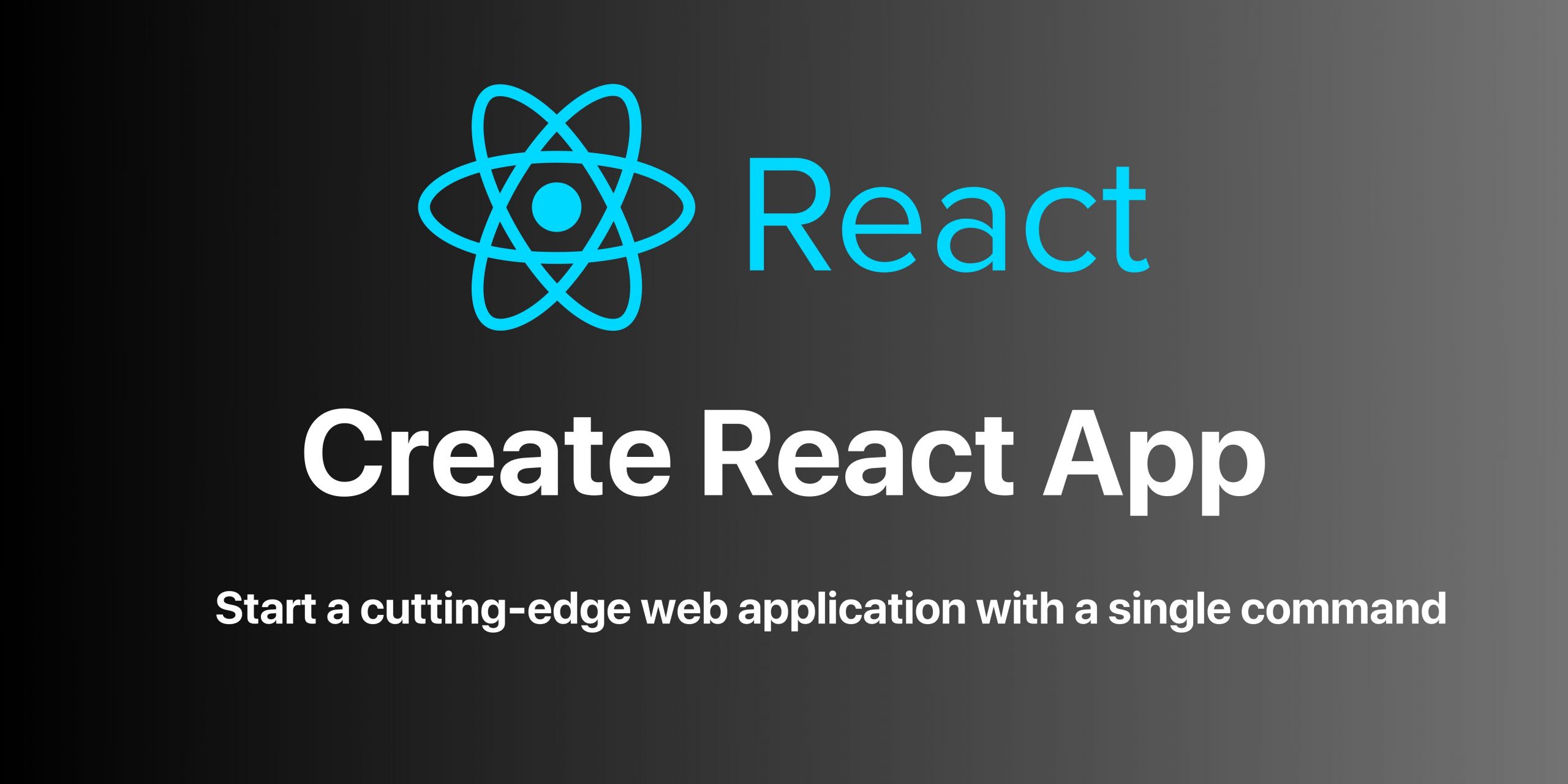Moving Beyond Create React App: Modern Alternatives

The End of an Era: Create React App's Deprecation
Create React App (CRA) has been the go-to tool for bootstrapping React applications since its introduction in 2016. However, the React team has announced that CRA is now in maintenance mode and will eventually be deprecated. This article explores why this change is happening and what alternatives you should consider for your next React project.
Why Create React App Is Being Deprecated
Several factors have contributed to CRA's deprecation:
- Performance limitations: CRA's webpack-based build system has become increasingly slow compared to newer tools.
- Configuration challenges: While CRA aimed to be zero-config, many projects ended up "ejecting" or using tools like react-app-rewired to customize the configuration.
- Outdated architecture: CRA was designed before modern React patterns like server components emerged.
- Maintenance burden: Keeping CRA updated with the latest dependencies and features became increasingly difficult.
- Better alternatives: The React ecosystem has evolved, with several tools now offering superior developer experiences.
Modern Alternatives to Create React App
Let's explore the leading alternatives to CRA for starting new React projects:
1. Vite
Vite has emerged as one of the most popular alternatives to CRA, offering a lightning-fast development experience.
Key Features:
- Extremely fast development server using native ES modules
- Quick cold starts and instantaneous hot module replacement (HMR)
- Built-in support for TypeScript, JSX, CSS, and more
- Optimized production builds with Rollup
- Extensible plugin system
Getting Started with Vite:
# Create a new project
npm create vite@latest my-react-app -- --template react
# Or with TypeScript
npm create vite@latest my-react-app -- --template react-ts
# Navigate to the project directory
cd my-react-app
# Install dependencies
npm install
# Start the development server
npm run dev
When to Choose Vite:
- For single-page applications (SPAs)
- When development speed is a priority
- For projects that don't require server-side rendering
- When you want a minimal setup with room to grow
2. Next.js
Next.js has evolved from a server-side rendering framework to a comprehensive React framework suitable for various types of applications.
Key Features:
- Multiple rendering options: Server-Side Rendering (SSR), Static Site Generation (SSG), and Client-Side Rendering (CSR)
- React Server Components in the App Router
- File-based routing system
- API routes for backend functionality
- Built-in image and font optimization
- Incremental Static Regeneration (ISR)
- Zero-config TypeScript support
Getting Started with Next.js:
# Create a new project
npx create-next-app@latest my-next-app
# Navigate to the project directory
cd my-next-app
# Start the development server
npm run dev
When to Choose Next.js:
- For applications that benefit from SEO
- When you need server-side rendering or static site generation
- For full-stack applications with API routes
- When you want a production-ready framework with enterprise support
- For projects that might scale in complexity over time
3. Remix
Remix is a newer framework focused on web fundamentals and progressive enhancement.
Key Features:
- Nested routing with data loading tied to routes
- Server-side rendering with client-side hydration
- Error boundary system for graceful error handling
- Progressive enhancement approach
- Built-in form handling without JavaScript
- Optimistic UI updates
Getting Started with Remix:
# Create a new project
npx create-remix@latest my-remix-app
# Navigate to the project directory
cd my-remix-app
# Start the development server
npm run dev
When to Choose Remix:
- For applications where performance is critical
- When you value progressive enhancement and accessibility
- For projects with complex data loading requirements
- When you want excellent error handling out of the box
- For applications with form-heavy interfaces
4. Astro
While not exclusively a React framework, Astro deserves mention for its innovative approach to building content-focused websites.
Key Features:
- Multi-framework support (React, Vue, Svelte, etc.)
- "Islands architecture" for partial hydration
- Zero JavaScript by default, with opt-in interactivity
- Built-in Markdown support
- Excellent performance characteristics
Getting Started with Astro (with React):
# Create a new project
npm create astro@latest my-astro-app
# Add React integration
npx astro add react
# Start the development server
npm run dev
When to Choose Astro:
- For content-focused websites like blogs, documentation, or marketing sites
- When performance and minimal JavaScript are priorities
- For projects where different parts might benefit from different frameworks
- When you want to use React components but don't need a full React application
Migrating from Create React App
If you have existing CRA projects, here are some migration strategies:
Migrating to Vite
Vite provides the most straightforward migration path from CRA:
- Install the cra-to-vite package:
npm install -g cra-to-vite - Run the migration tool in your CRA project:
cra-to-vite - Review the changes and adjust as needed
- Install dependencies:
npm install - Start the development server:
npm run dev
Migrating to Next.js
Moving to Next.js requires more changes but offers significant benefits:
- Create a new Next.js project:
npx create-next-app@latest - Move your components, hooks, and utilities to the new project
- Convert your React Router routes to Next.js pages or app router
- Update your data fetching logic to use Next.js data fetching methods
- Adjust your styling approach if needed
Incremental Migration
For larger applications, consider an incremental approach:
- Keep your CRA application running
- Start a new project with your chosen alternative
- Migrate features one by one
- Use techniques like module federation or iframes to integrate the new application with the old one during transition
Comparing Build Performance
One of the main reasons to move beyond CRA is build performance. Here's a comparison of development server startup times for a typical React application:
- Create React App: 15-30 seconds
- Vite: 300-500 milliseconds
- Next.js: 1-3 seconds
- Remix: 2-4 seconds
- Astro: 200-400 milliseconds
Production build times show similar improvements, with Vite and Astro generally being the fastest.
Feature Comparison
| Feature | CRA | Vite | Next.js | Remix | Astro |
|---|---|---|---|---|---|
| Development Speed | Slow | Very Fast | Fast | Fast | Very Fast |
| SSR Support | No | No (Plugins Available) | Yes | Yes | Yes |
| File-based Routing | No | No | Yes | Yes | Yes |
| API Routes | No | No | Yes | Yes | No |
| TypeScript Support | Yes | Yes | Yes | Yes | Yes |
| Configuration Complexity | Medium | Low | Low | Low | Low |
| Bundle Size Optimization | Basic | Good | Excellent | Excellent | Excellent |
Making the Right Choice
When selecting a CRA alternative, consider these factors:
Project Type
- Content-heavy websites: Next.js (Pages Router) or Astro
- Web applications: Next.js (App Router) or Remix
- Simple SPAs: Vite
- Admin dashboards: Vite or Next.js
- E-commerce: Next.js or Remix
Team Experience
- Teams familiar with CRA will find Vite the easiest transition
- Teams with full-stack developers may prefer Next.js or Remix
- Consider the learning curve and available resources for your chosen tool
Performance Requirements
- For maximum performance, consider Astro or Remix
- For the fastest development experience, choose Vite
- For the best SEO, choose Next.js or Remix
Conclusion
While Create React App's deprecation marks the end of an era, it also represents an opportunity to adopt more modern, performant tools for React development. Whether you choose Vite for its speed, Next.js for its versatility, Remix for its web fundamentals approach, or Astro for content-focused sites, you'll likely find that these alternatives offer significant improvements over CRA.
The React ecosystem continues to evolve, and these new tools reflect the community's focus on performance, developer experience, and modern web capabilities. By moving beyond CRA, you'll position your projects for better performance and maintainability in the years to come.
Related Articles

Solving Common Next.js Hydration Errors
Troubleshooting and fixing hydration errors in Next.js applications to ensure consistent rendering between server and client.

Optimizing Image Delivery with ImageKit and Next.js
Learn how to integrate ImageKit with Next.js for optimized image delivery, transformations, and improved performance.

Implementing Secure Payments with Razorpay in Next.js
A comprehensive guide to integrating Razorpay payment gateway in your Next.js applications with best security practices.
Subscribe to Our Newsletter
Get the latest articles and project management insights delivered to your inbox.